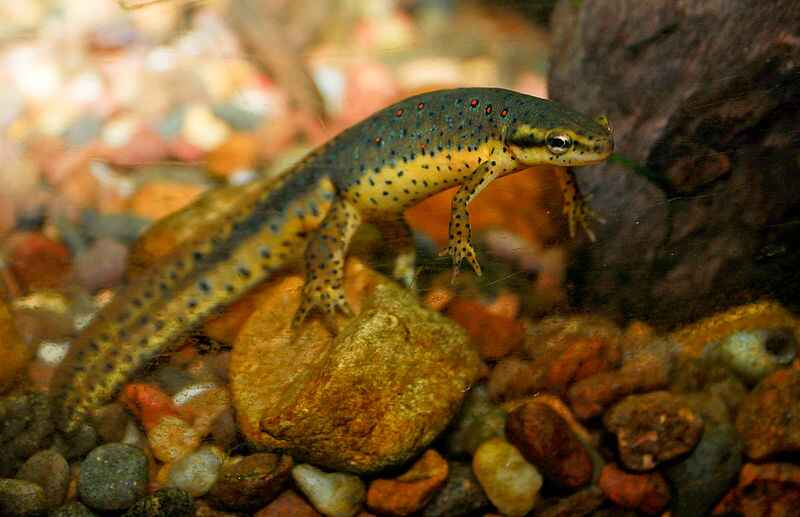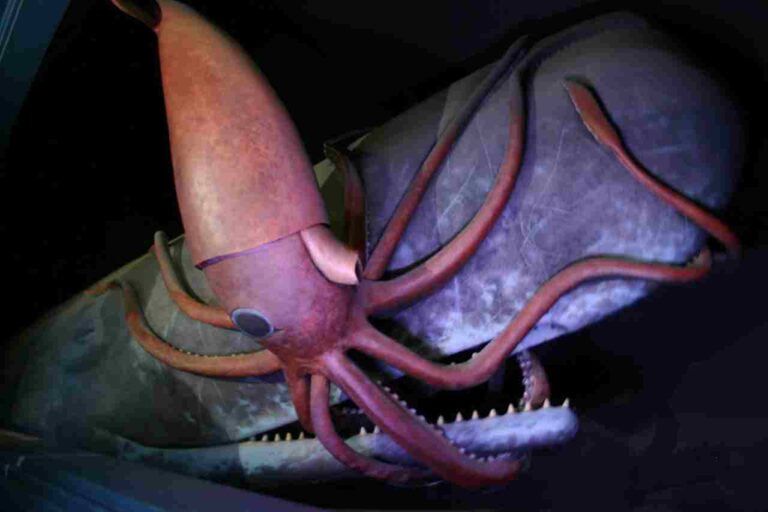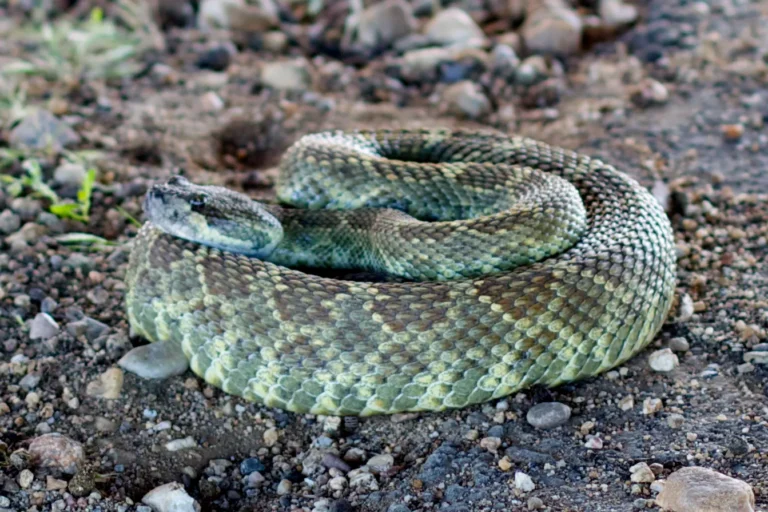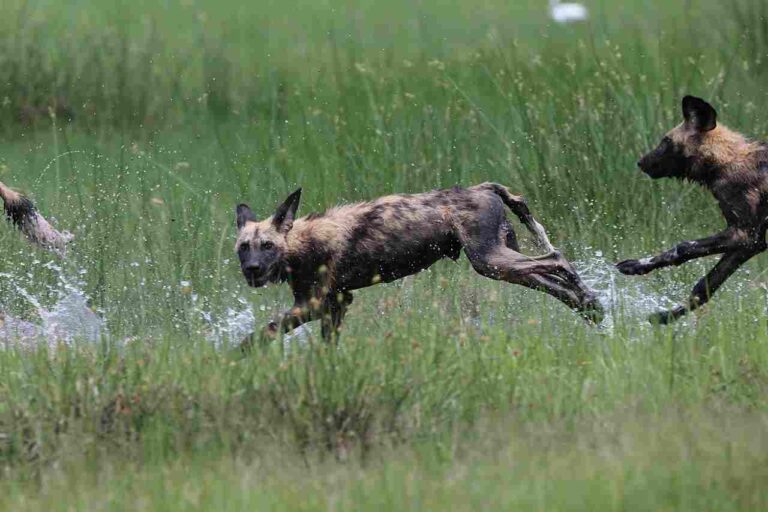7 Aquatic Ecosystem Animals and Their Characteristics Discussed
Aquatic ecosystem animals are; crustaceans, fish, amphibians, algae, soft-bodied invertebrates (like echinoderms and mollusks), aquatic reptiles, microbes (like algae and bacteria) and mammals.
This article discusses aquatic ecosystem animals and their characteristics, as follows;
1). Crustaceans (as one of the groups of Aquatic Ecosystem Animals)
In marine biology, a crustacean can be described as an invertebrate arthropod with a relatively-hard exoskeleton, physiological similarity to arachnids and insects, and a broad range of ecological habitation.
Like other arthropods, crustaceans are fairly resilient and can survive in a various environments and under various conditions, where they adapt and multiply at a relatively-rapid rate.
The ecosystem of crustaceans is dominantly aquatic, although they may also occur in terrestrial environments. Every major type of environment on Earth can be inhabited by crustaceans, including freshwater, marine, and land-based biomes.
However, the highest occurrence and impact of crustaceans can be found in the marine biome [1].
Examples of marine crustaceans are; shrimp, crayfish, lobster, crab, barnacle and krill.
Characteristics of crustaceans are; possession of hard exoskeleton, gills, paired appendages, jointed limbs, and segmented body.
The main characteristic that makes crustaceans different from other arthropods like insects, is their aquatic behavior, which is supported by the possession of gills and specialized feeding and locomotion systems.
Their presence in all types of aquatic ecosystems makes crustaceans versatile, so that numerous species with physiological and behavioral differences exist. On land, crustaceans like the hermit crab elude predators and find shelter through burrowing activity.

2). Fish
Fish refer to any of over 20,000 species of gill-bearing vertebrate organisms that can be found in all types of aquatic ecosystems.
This group is arguably the most common and dominant group of aquatic organisms on Earth. Fish may occur in large, diverse populations in rivers and oceans, and play a key role in the dynamics of bioenergy transfer across the freshwater and marine trophic levels for food chains, biomass pyramids and energy pyramids.
The dominance of fish in aquatic ecosystems can be traced to their adaptive characteristics, which range from herbivorous and carnivorous to omnivorous, social, solitary, parasitic, and predatory.
Characteristics of fish include; possession of back bone, ectothermic metabolism, branchial respiration, absence of eye lids and external ears, possession of fins and streamlined body for locomotion, and lack of limbs with digits.
Fish can be differentiated by their skeletal material into bony and cartilaginous categories.
Examples of fish that occur in aquatic ecosystems are; puffer, tuna, blue tang, cod, carp, barracuda, shark, seahorse, skate fish, salmon, catfish and goldfish.
Aquatic mammals like dolphins and whales, while resembling fish, lack some typical characteristics like the possession of gills, and cannot be categorized as fish.
3). Amphibians (as one of the groups of Aquatic Ecosystem Animals)
An amphibian, or amphibious animal; is any of various vertebrate organisms with four limbs, that can live on both land and in water during their adulthood.
The main difference between amphibians and other aquatic animals is their bi-habitational behavior, which allows them survive in both terrestrial and aquatic biomes.
Amphibians are geographically and biologically versatile, so that some of them occur even among desert animals and in other harsh environments. Amphibians are also unique for their locomotive adaptations that include strong hind limbs and webbed digits for efficient terrestrial and aquatic navigation.
Some of the main characteristics of amphibians are; ectothermic (cold-blooded metabolism), possession of limbs with digits, oviparous reproduction, aquatic exclusivity in larval stage of development, carnivorous (mostly insect) feeding habit, and cutaneous respiration.
Examples of amphibians include toads, caecilians, frogs, and salamanders like the partially-terrestrial newt. Some organisms from other groups, such as fish; can sometimes be described as amphibious, provided they can survive for extended periods of time in both aquatic and terrestrial environments.

4). Soft-Bodied Invertebrates
Soft-bodied invertebrates are a group of aquatic animals with neither backbone nor rigid exoskeleton. These organisms have locomotive and physiological adaptations that enable them survive.
Examples of soft-bodied invertebrates in aquatic ecosystems are mollusks, echinoderms and cnidarians like snail, octopus, hydra, oyster, squid, clam, abalone, and some worms.
Soft-bodies aquatic invertebrates like mollusks are able to secrete or build a hard shell or test which protects them from mechanical abrasion, dehydration and predators. Some mollusks may also exhibit amphibious behavior.
5). Aquatic Reptiles (as one of the groups of Aquatic Ecosystem Animals)
Aquatic reptiles are oviparous, cold-blooded and scaly organisms of diverse species, feeding habits and physiological characteristics, which are capable of surviving in freshwater and marine environments.
Reptiles in the marine aquatic environment are particularly prominent, so that each major reptile group has at least one representative in marine biomes [4]. The most common marine reptile is the saltwater crocodile, although sea snakes are arguably more abundant and widespread.
Examples of marine reptiles are; sea turtle, snake, saltwater iguana and crocodile. Several of these reptiles, including crocodile and iguana, can be found in freshwater and terrestrial ecosystems.
6). Bacteria
Microorganisms like bacteria can generally be found in all subsections or zones of aquatic ecosystems [3].
The presence of bacteria in water bodies can be attributed to the availability of biomass and solar radiation, which are required for the survival of heterotrophic and autotrophic bacteria species respectively.
Types of bacteria that can be found in aquatic ecosystems include dominant groups like Bacteroidetes, Actinobacteria and Proteobacteria, among others [5].
Aside bacteria, algae is another microscopic organism that is prominent in water bodies.
Both bacteria and algae are important to the aquatic ecosystem due to their roles in nutrient cycling [2] through processes like biodegradation and photosynthesis. Microbial nutrient cycling in water bodies is useful toward the survival of all aquatic organisms and the occurrence important phenomena like carbon sequestration, which helps reduce the amount of carbon dioxide in the atmosphere.
7). Aquatic Mammals (as one of the groups of Aquatic Ecosystem Animals)
Aquatic animals that are mammals include all organisms in the aquatic ecosystem that are warm-blooded and capable of viviparous reproduction, such as; sirenians like manatee; cetaceans like whale; fissipeds like otter; and pinnipeds like walrus.
All aquatic mammals are similar for their strong dependence on water bodies for survival.
The adaptations of aquatic mammals include; insulation, streamlined body, protective hairs, swimming capability, and dorsal field of view.
Examples of aquatic mammals are; dolphin, whale, porpoise, sea lion, dugong, otter, and walrus.
Animals like polar bear that depend heavily on water bodies for food are often also categorized as aquatic mammals.

Conclusion
Aquatic ecosystem animals are;
1. Crustaceans
2. Fish
3. Amphibians
4. Soft-bodied Invertebrates
5. Aquatic Reptiles
6. Bacteria
7. Aquatic Mammals
References
1). Behringer, D. C.; Duermit-Moreau, E. (2021). "Crustaceans, One Health and the changing ocean." J Invertebr Pathol. 2021 Nov;186:107500. Available at: https://doi.org/10.1016/j.jip.2020.107500. (Accessed 13 April 2023).
2). Cole, J. (2003). "Interactions Between Bacteria and Algae in Aquatic Ecosystems." Annual Review of Ecology and Systematics 13(1):291-314. Available at: https://doi.org/10.1146/annurev.es.13.110182.001451. (Accessed 13 April 2023).
3). Joshi, P.; Pande, V.; Joshi, P. (2016). "Microbial Diversity of Aquatic Ecosystem and its Industrial Potential." Available at: https://doi.org/10.15406/jbmoa.2016.03.00048. (Accessed 13 April 2023).
4). Rasmussen, A. R.; Murphy, J. C.; Ompi, M.; Gibbons, J. W.; Uetz, P. (2011). "Marine reptiles." PLoS One. 2011;6(11):e27373. Available at: https://doi.org/10.1371/journal.pone.0027373. (Accessed 13 April 2023).
5). Tang, X.; Xie, G.; Shao, K.; Tian, W.; Gao, G.; Qin, B. (2021). "Aquatic Bacterial Diversity, Community Composition and Assembly in the Semi-Arid Inner Mongolia Plateau: Combined Effects of Salinity and Nutrient Levels." Microorganisms. 2021 Jan 20;9(2):208. Available at: https://doi.org/10.3390/microorganisms9020208. (Accessed 13 April 2023).





